The power of the sun is one of the most potent forces in nature.
It reaches across space and time to fuel life on Earth, warming our planet with its rays and providing a source of clean energy that we have only just begun to tap into.
Solar panels convert sunlight into electricity which can then be fed back into the grid or stored for later use.
And in this blog post, you will learn how solar power feeds back into the grid!
How Does The Grid Work?
The grid is how we get our power. It’s also how electricity is transmitted and distributed to your home or business.
The electricity generated by a utility company is distributed through transmission lines which run on high voltage, up to about 230 kilovolts (kV).
This makes the lines very efficient, but also dangerous.
Power transformers then change the voltage to a safer level for use in homes and businesses, usually somewhere between 100-240 volts AC (alternating current).
This is how power reaches your outlets!
The grid itself acts as a kind of an electrical circuit – it allows electricity to run through these high voltage wires to your homes, but if there is a disruption in the grid (like something falling on the line) then it stops that flow of electricity.
What Is A Grid Tie Solar System?
A grid-tie solar system is a way of using renewable energy in your home or business.
The idea behind it is that if the sun is shining then you will not be consuming power from the utility company, so you will just use the electricity your solar system is generating.
However, at night or when there are clouds in the sky your solar system won’t be able to generate enough energy to fully power your home.
And here comes the benefit of a grid tie solar system.
Because your system is still connected to the grid (they named it a grid-tie solar system for a reason), you will still be able to drain electricity from your utility company if your solar system isn’t generating enough energy for your usage.
Not only that, in case your system is generating more electricity than you actually use, you will be able to sell this energy back to your utility at a premium price via net metering.
What Is Net Metering?
Net metering is how your solar system feeds the excess energy back into the grid.
When net-metered, excess electricity generated by your solar panels flows from your house to nearby transformer stations and then enters the utility company’s power line via a special circuit called an interconnection point.
From there it can be fed into the grid.
If your home or business is using more electricity than what you are generating with solar panels, then power will come from the utility company’s transformer station instead of your roof!
The idea behind net metering isn’t to eliminate how much energy you get from utilities – it’s simply an added benefit to your solar system!
Solar power works as both an alternate source of energy and a compliment to how we generate our electricity.
The more you use, the less you have to pay for from other sources – now how does that sound?
Related article: How Long Does It Take For Solar Panels To Pay For Themselves?
How Does Solar Power Feed Back into The Grid?
Solar power feeds back into the grid through net metering with your utility company.
If you need more energy than you are making yourself, they will charge your battery storage (if you have one) with electricity from the grid.
And when there is excess solar energy that can’t be stored or used, it goes out onto the electrical lines for use by other users of the grid.
Last Words
Solar power has become increasingly popular, and for good reason.
It is a renewable source of energy that works as an alternative to how we generate our electricity – but it also compliments how we get our power too!
It can be used by itself or in conjunction with utility companies through grid-tie solar systems which feed excess energy back into the grid, making it useful for both parties.
In the end, we really hope you enjoyed this article as much as we did.
Do you have any questions about solar energy?
If so, please share your thoughts with us in the comments section below.

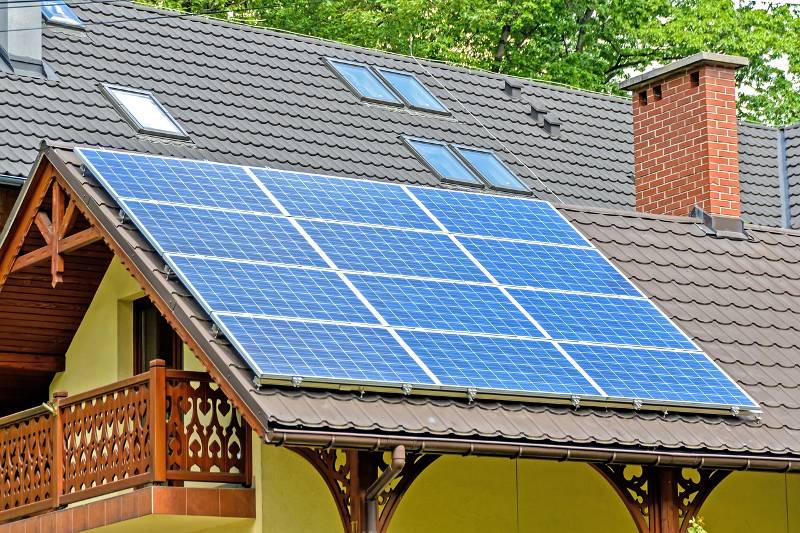
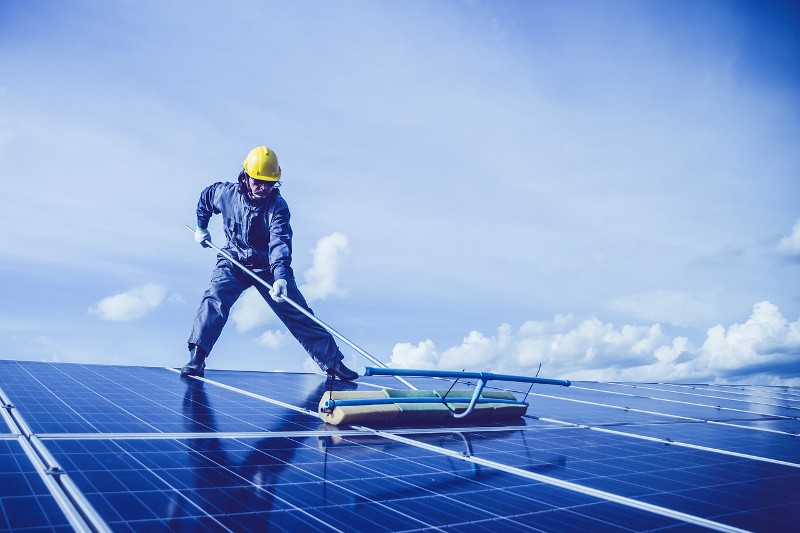
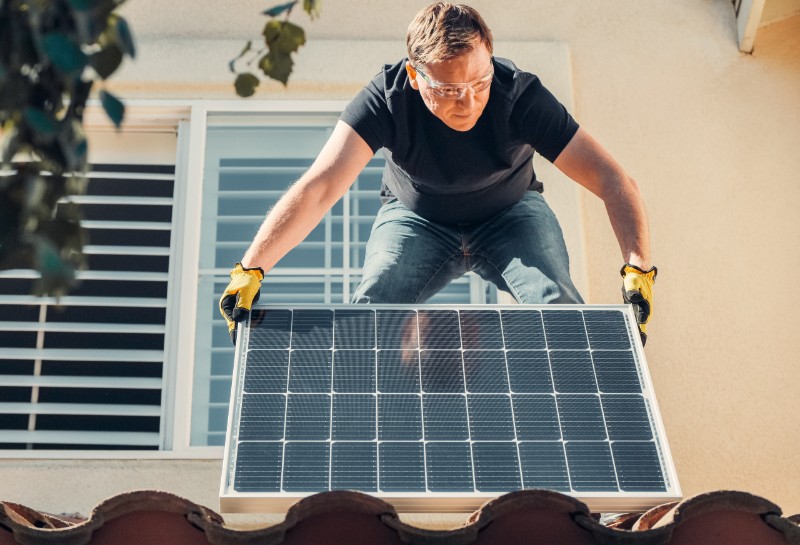
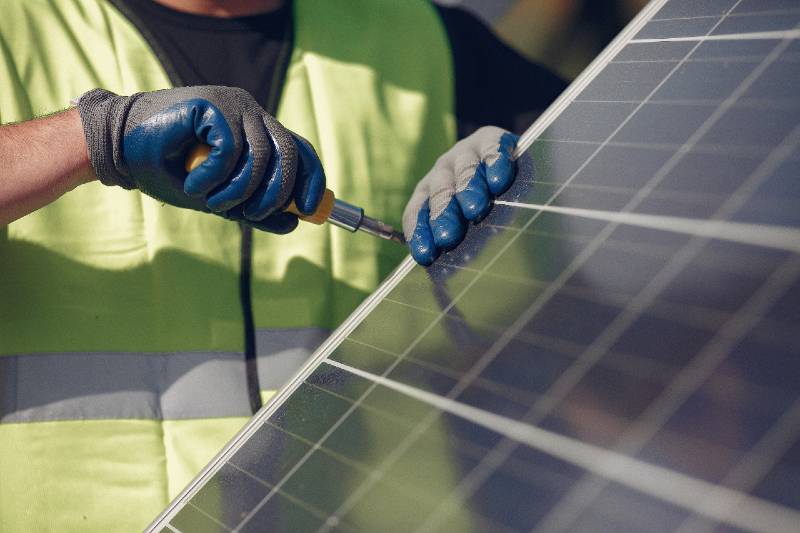
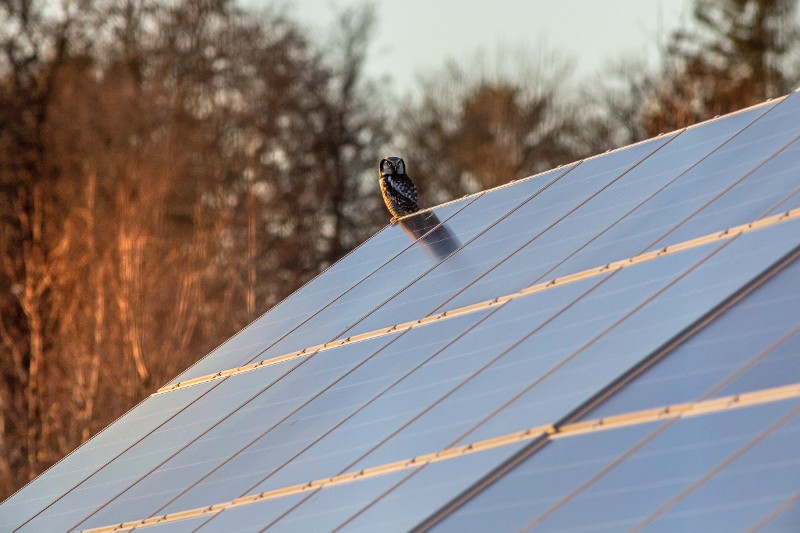
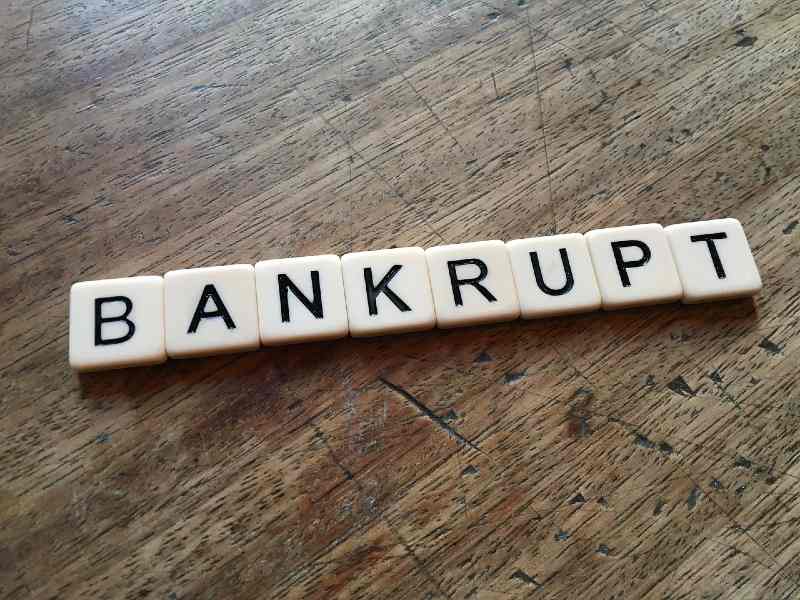
I am just being switched to British Gas for our electricity. I have asked the question of them about feed back tariff and they say the system was closed to new applicants on the 1st April 2019. How can that be when the contractors fitting the panels have included an estimated figure we may get from our supplier. We are having the panels fitted in the next few weeks.
Hi Keith, if your energy supplier (British Gas) doesn’t have a feed in tariff program, then you won’t be compensated for the excess energy you send back to the grid.
If your contractor is saying that your supplier will “give you money”, then he is either lying or there is a misunderstanding.
Please get in touch with your contractor and tell him that your energy supplier no longer has a feed in tariff program. He should be able to sort things out or at least switch you to another utility.
I hope my answer was helpful (I’m pretty sure it wasn’t hahaha.)
If you have any more questions, please let me know and I’ll try to get in touch with you as fast as I can.